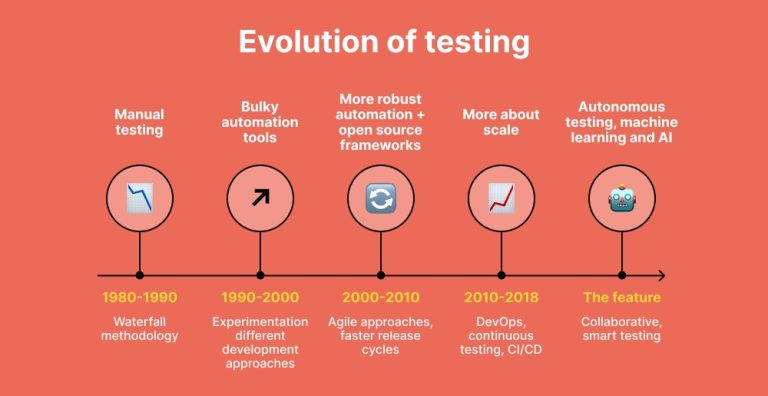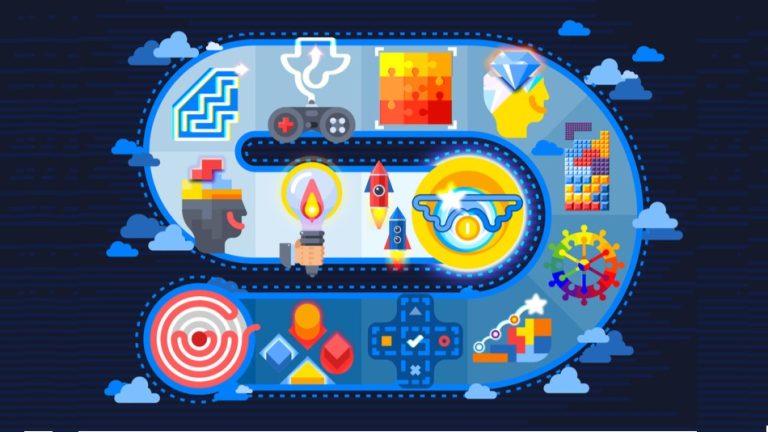The Tech Educator’s Role: Inspiring the Next Generation
The role of the tech educator has never been more vital than it is today. As technology continues to shape every aspect of our lives—from how we communicate and work to how we solve global challenges—the responsibility of preparing the next generation to navigate and lead in this digital world falls squarely on the shoulders of those who teach it. But being a tech educator is not just about imparting technical knowledge. It’s about inspiring curiosity, fostering resilience, and helping students see themselves as creators and problem-solvers in a rapidly evolving landscape.
Inspiring the next generation begins with making technology feel accessible and relevant. Many students encounter tech education with a mix of excitement and intimidation. The sheer complexity of coding languages, algorithms, and hardware systems can be overwhelming. A skilled educator knows how to demystify these concepts, breaking them down into digestible parts and connecting them to real-world applications. When students understand how a line of code can power a mobile app or how data analytics can improve healthcare outcomes, they begin to see the purpose behind the practice. This relevance fuels engagement and encourages deeper exploration.
Equally important is the ability to cultivate a growth mindset. Technology is a field defined by trial and error, where failure is not only common but essential to progress. Students must learn to embrace setbacks as learning opportunities, and educators play a key role in shaping this perspective. By creating a classroom culture that celebrates experimentation and values persistence, tech educators help students build the confidence to tackle complex problems. Whether debugging a stubborn program or designing a prototype that doesn’t quite work, the process becomes just as valuable as the outcome.
Representation and inclusivity also matter deeply in tech education. The industry has long struggled with diversity, and educators have the power to change that narrative by fostering environments where all students feel welcome and capable. This means being intentional about the examples used in class, the voices highlighted in curriculum, and the support offered to students from underrepresented backgrounds. When students see role models who look like them and hear stories that reflect their experiences, they are more likely to envision themselves in tech careers. Educators who prioritize inclusivity help broaden the pipeline of talent and ensure that innovation reflects a wider range of perspectives.
Mentorship is another dimension of the tech educator’s role that extends beyond the classroom. Students often need guidance not just in mastering technical skills but in navigating career paths, building networks, and developing professional identities. Educators who take the time to mentor students—offering advice, connecting them with opportunities, and encouraging their ambitions—can have a lasting impact. A student who receives thoughtful mentorship may go on to become a leader in the field, carrying forward the values and insights instilled by their teacher. These relationships are foundational to building a tech ecosystem that is both skilled and supportive.
The pace of technological change also means that educators must be lifelong learners themselves. Staying current with emerging tools, trends, and methodologies is essential to providing students with relevant and forward-looking instruction. This requires a commitment to professional development and a willingness to adapt. Whether it’s integrating AI into the curriculum, exploring cybersecurity challenges, or teaching ethical considerations in tech design, educators must continually evolve to meet the needs of their students and the demands of the industry. This adaptability not only enhances teaching but models the kind of agility students will need in their own careers.
Collaboration with industry partners can further enrich the educational experience. When educators build relationships with tech companies, startups, and research institutions, they can bring real-world insights into the classroom and create pathways for internships, projects, and employment. These connections help students understand the practical applications of their learning and expose them to the dynamics of the workplace. For example, a partnership with a local software firm might allow students to work on a live project, gaining hands-on experience and feedback from professionals. Such experiences bridge the gap between theory and practice and prepare students to contribute meaningfully from day one.
Ultimately, the tech educator’s role is about more than teaching—it’s about inspiring. It’s about helping students discover their potential, equipping them with the tools to shape the future, and instilling a sense of purpose in their work. In a world increasingly defined by digital innovation, the next generation will need not only technical expertise but also creativity, empathy, and ethical grounding. Educators who nurture these qualities are laying the foundation for a more thoughtful and inclusive tech industry. They are not just preparing students for jobs—they are preparing them to lead, to question, and to build a better world through technology.







